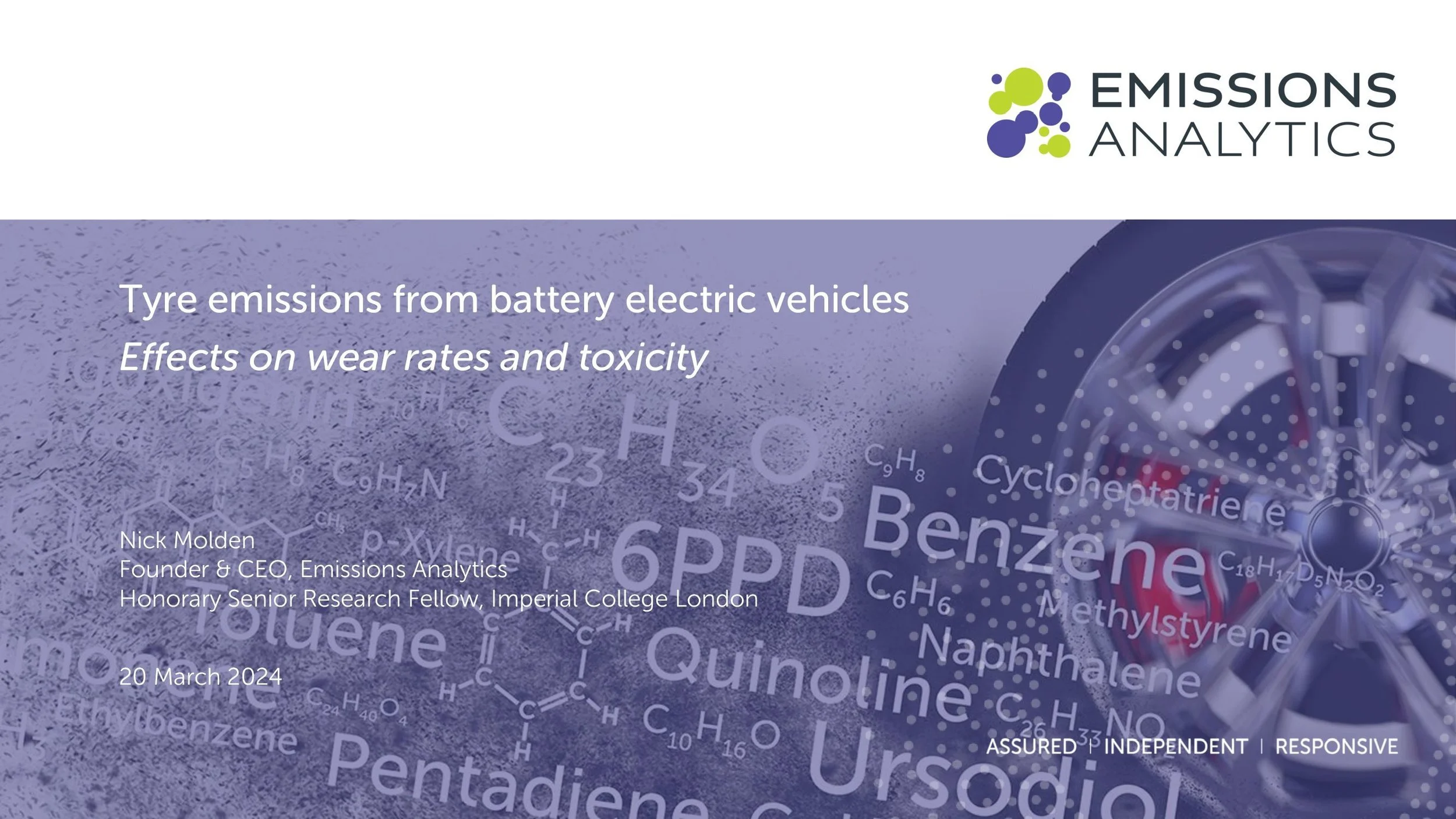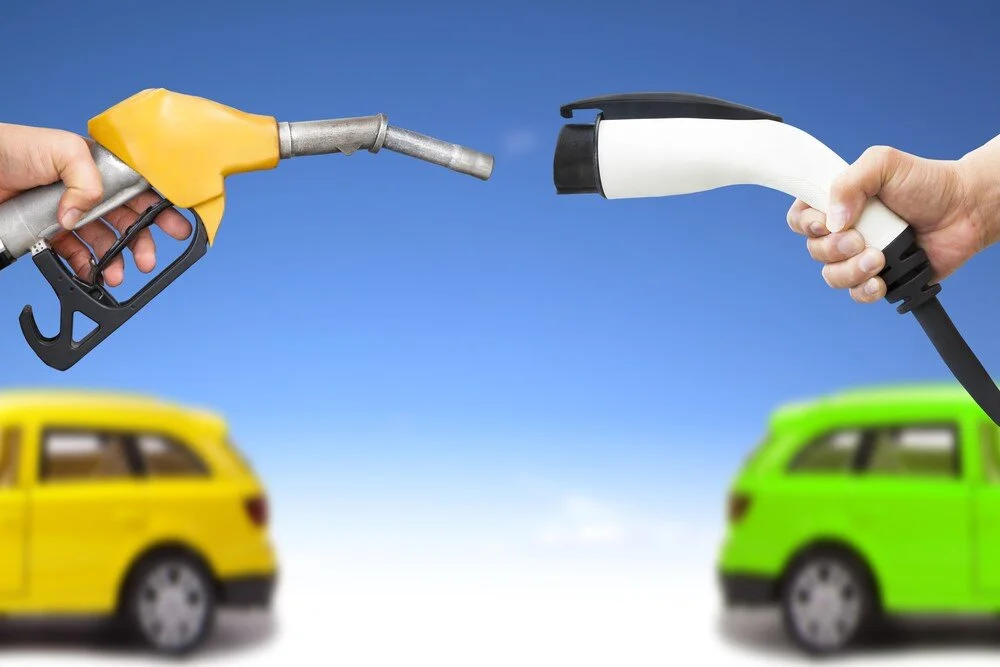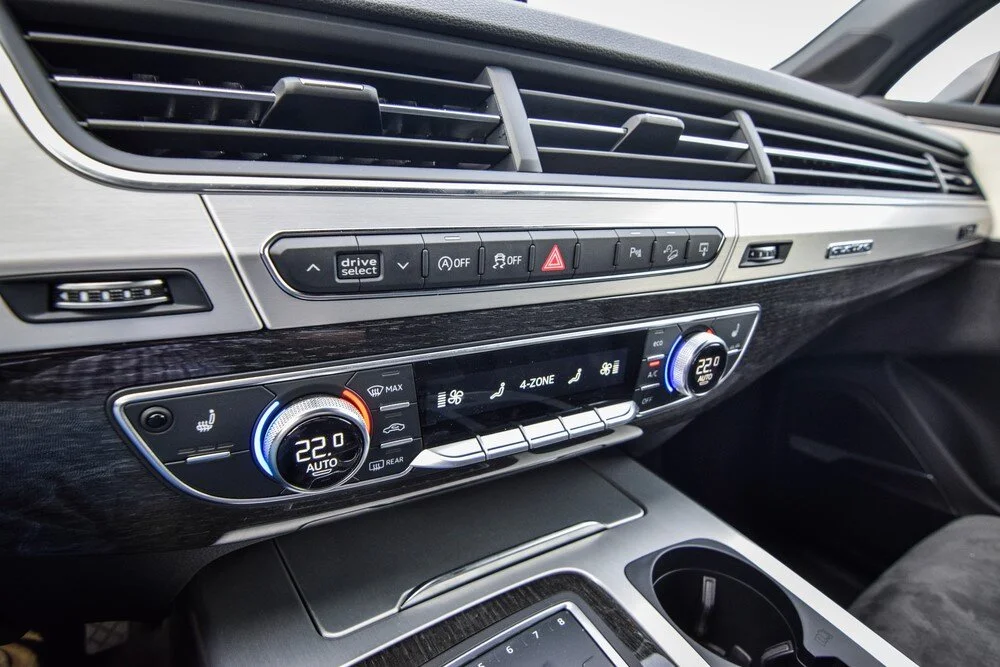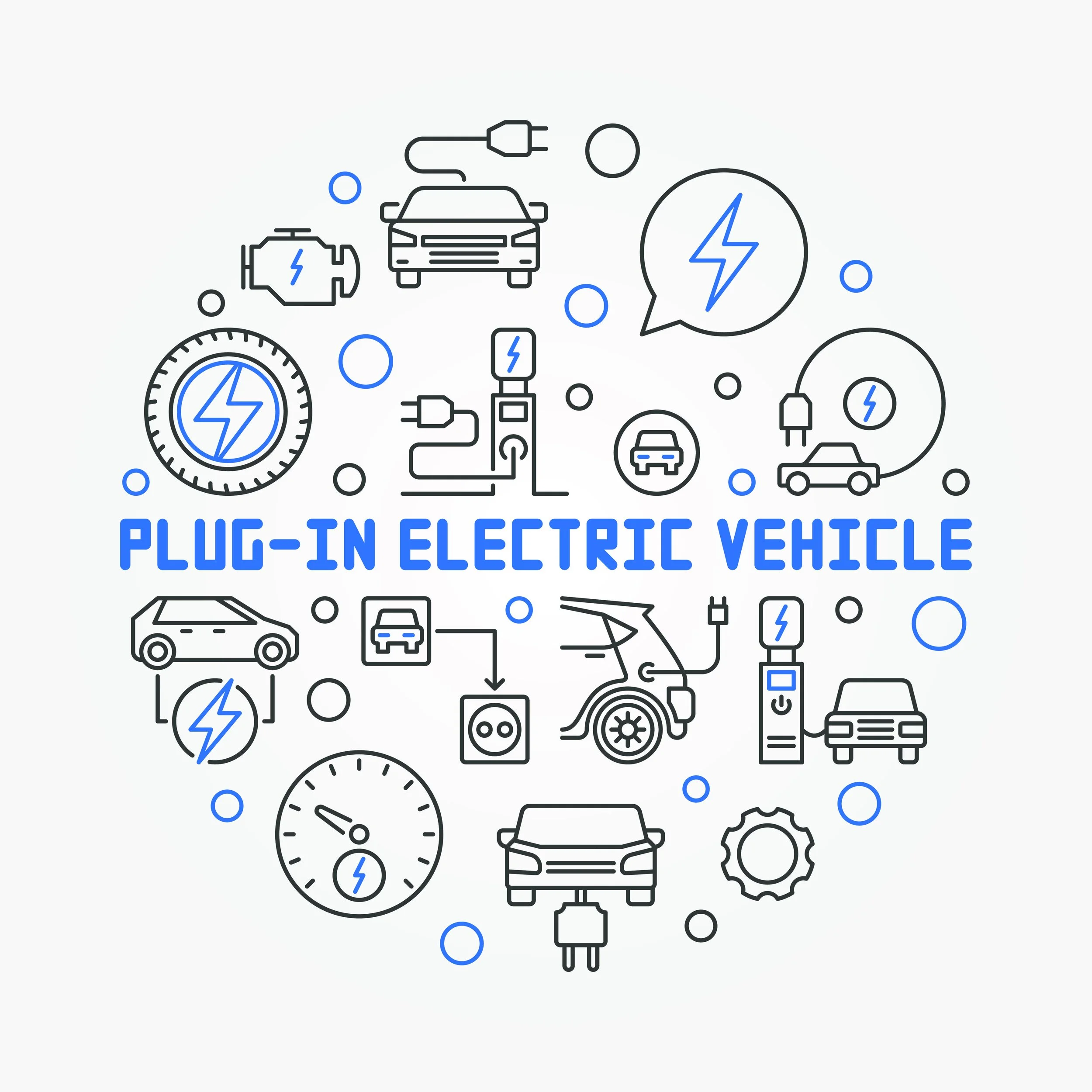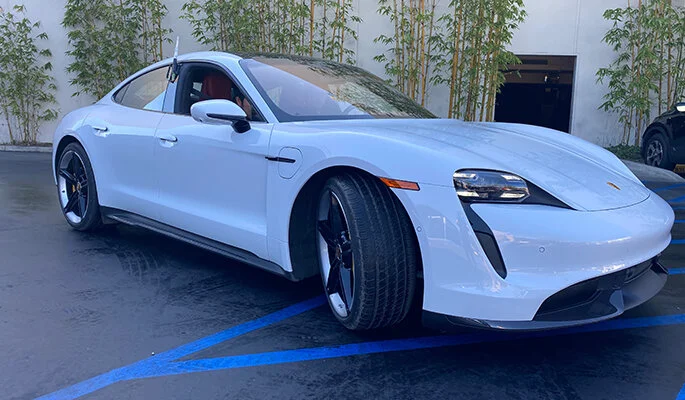Our CEO & Founder, Nick Molden recently spoke at the Automotive Tire Technology 2024.
FUD off
Fear, uncertainty and doubt in an age of decarbonisation
Fear. Uncertainty. Doubt. This rhetorical triptych is increasingly used as an insult to describe interventions from anyone who deviates from the current environmental orthodoxy. When French philosopher René Descartes sat down in the seventeenth century Netherlands to write his Discourse on Method, he also faced FUD.
Cabin fever
In our last newsletter we looked at the unethical challenge set by a high profile academic to see whether you would die if locked inside your garage with an internal combustion engine (ICE) vehicle running.
Don't try this at home!
Increasingly simplistic calls to #Stopburningstuff and #Stickyourselftothings have recently been accompanied by another call: that anyone who challenges the virtues of battery electric vehicles (BEVs) should shut themselves in their garage alongside their idling internal combustion engine (ICE) vehicle for an hour, to see whether they emerge to tell the tale.
What matters is not the promise of electric vehicles but the actuality
Friday 18 September 2015 saw Dieselgate break. This was the culmination of a growing dissonance between real-world nitrogen oxide (NOx) emissions and official values for cars and vans. The rupture was created by governments picking a technology, for the purposes of decarbonisation, where too much was taken on trust within a fragile governance system.
Environmental justice
The term ‘environmental justice’ can often be used in a mushy, socialistic sense, but behind it is a deadly serious concept. Put broadly, it means that all parts of society should be treated equally under environmental law, or that everyone has the right to the same protection from pollution and other harm from emissions.
Champagne Supernova?
When an exploding star led to the observation of supernova SN 2003fg in 2003, it was nicknamed the ‘Champagne Supernova’ due to its unusual brightness, and its inexplicably great mass. Many supernovae eventually succumb to their own weight, leaving behind a black hole. Are we at this stage with battery electric vehicles (BEVs)?
Do No Harm
Efficiently wrong
The light duty vehicle to nowhere
The evidence clearly points to using full hybrid electric vehicles (FHEVs) as the best route to rapid, low-risk decarbonisation of cars and vans for the next decade. FHEVs cannot deliver the biggest aggregate reduction in principle, but with scarce battery resources and higher manufacturing carbon dioxide (CO2) emissions of battery electric vehicles (BEV), FHEVs can deliver more CO2 reduction now, and potentially for some time to come.
Super Size EV Automotive's obesity crisis
Why battery durability matters for decarbonisation
The inevitability of hybridisation?
From performance to experience
Video: Testing Plug-In Hybrids and Battery Electric Vehicles
Following the success of our recent newsletter ‘Letting the cat out of the bag: The great plug-in hybrid subsidy’ our Founder and CEO, Nick Molden has showcased our thorough testing process.
Letting the cat out of the bag: The great plug-in hybrid subsidy
In a recent newsletter, we set out Schrödinger’s Car, drawing a parallel with the famous Schrödinger’s Cat thought experiment, where a cat in a box is both dead and alive until the box is opened.



